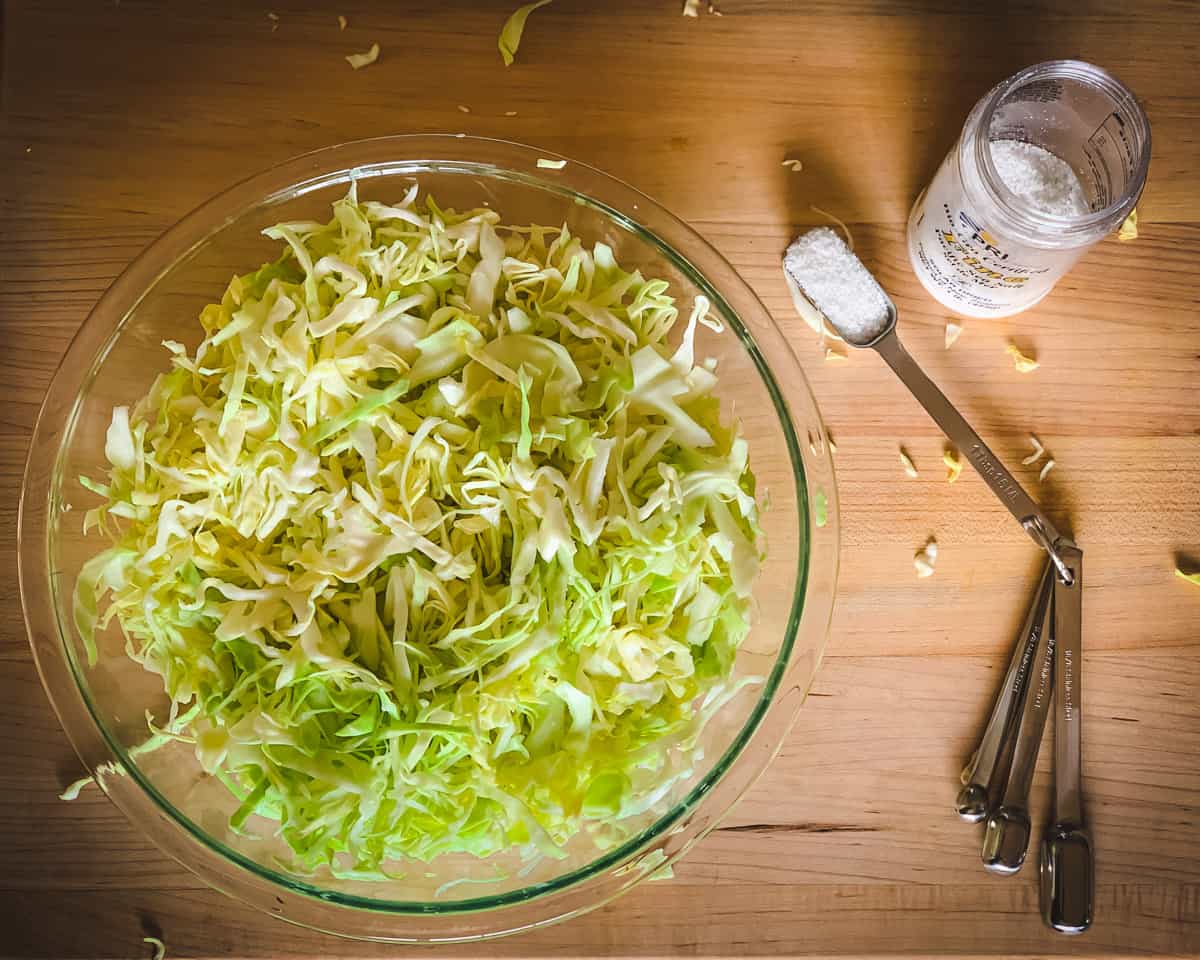

Articles
How To Store Chopped Cabbage
Modified: February 23, 2024
Discover the best articles on how to store chopped cabbage and keep it fresh for longer. Learn expert tips and tricks to preserve the quality and taste of your cabbage!
(Many of the links in this article redirect to a specific reviewed product. Your purchase of these products through affiliate links helps to generate commission for Storables.com, at no extra cost. Learn more)
Introduction
When it comes to cooking and meal preparation, having ingredients readily available can make the process much smoother and more efficient. One versatile ingredient that is frequently used in many dishes is cabbage. Known for its crisp texture and mild taste, cabbage can be a great addition to salads, stir-fries, soups, and coleslaw.
However, chopping a whole head of cabbage every time you need it can be time-consuming and messy. That’s where the concept of storing chopped cabbage comes in handy. By prepping and storing chopped cabbage in advance, you can save time and effort in the kitchen and have a ready-to-use ingredient at your fingertips.
In this article, we’ll explore the benefits of storing chopped cabbage and provide you with practical tips on how to properly store it to maintain its freshness and quality. Whether you’re a meal prepper looking to streamline your cooking process or simply want to make the most of the cabbage you have on hand, this guide will help you make the most out of this versatile vegetable.
Key Takeaways:
- Save time and reduce waste by storing chopped cabbage in airtight containers or zip-top bags. Enjoy the convenience of having this versatile ingredient readily available for a wide range of recipes.
- Extend the shelf life of cabbage by freezing blanched portions in freezer-safe containers. Plan meals, experiment with recipes, and monitor freshness to make the most of your stored chopped cabbage.
Read more: How To Store A Cabbage
Benefits of Storing Chopped Cabbage
Storing chopped cabbage offers several benefits that can enhance your meal preparation and cooking experience. Here are a few advantages of having this versatile vegetable readily available:
- Time-saving: Chopping cabbage can be a time-consuming task, especially if you’re preparing multiple dishes or cooking for a large group. By prepping and storing chopped cabbage in advance, you can save valuable time in the kitchen.
- Convenience: Having pre-chopped cabbage on hand means you can easily incorporate it into various recipes without the need for extensive preparation. Whether you want to add it to a stir-fry, toss it in a salad, or use it in a slaw, having chopped cabbage ready to use makes it a convenient option.
- Fresher for longer: Storing chopped cabbage properly can help extend its freshness and shelf life. By following the right storage techniques, you can ensure that your cabbage stays crisp and flavorful for an extended period.
- Reduced waste: If you find that you often have leftover cabbage after preparing a dish, storing chopped cabbage can help reduce food waste. Instead of throwing away unused portions, you can store them properly and utilize them in future recipes.
- Meal planning made easier: If you’re someone who likes to plan your meals in advance, having chopped cabbage readily available can simplify the process. You can portion out the desired amount of cabbage for each recipe, making it easier to stick to your meal plan.
By taking advantage of these benefits, you can make meal preparation more efficient, reduce waste, and ensure that you always have a versatile ingredient on hand to enhance your dishes.
Choosing and Preparing Cabbage
Before diving into the process of storing chopped cabbage, it’s essential to choose the right cabbage and prepare it properly to ensure optimal freshness and flavor. Here are some tips to help you make the best choices:
Choosing Cabbage:
- Look for cabbage heads that are firm and compact, without any soft or discolored spots. The outer leaves should be vibrant and tightly layered.
- Different varieties of cabbage offer slightly different flavors and textures. Choose the type of cabbage that best suits your culinary needs, such as green cabbage, red cabbage, or savoy cabbage.
Preparing Cabbage:
- Start by removing any wilted or damaged outer leaves from the cabbage head.
- Rinse the cabbage under cold water to remove any dirt or debris.
- If you’re planning to store the entire cabbage head, wrap it tightly in plastic wrap or place it in a plastic bag and refrigerate it. Whole cabbage heads can stay fresh for several weeks.
- When it comes to chopping cabbage, there are a few methods you can use. You can slice it thinly for salads or slaws, shred it for stir-fries and soups, or chop it into larger chunks for roasting or braising.
- Ensure that your cutting board and knife are clean and sharp for efficient and safe chopping.
By selecting fresh and high-quality cabbage and properly preparing it, you set the foundation for storing chopped cabbage that will retain its freshness and flavor for as long as possible.
Storage Containers and Materials
Choosing the right storage containers and materials is crucial when it comes to keeping your chopped cabbage fresh and maintaining its quality. Here are some options you can consider:
1. Airtight Containers:
Using airtight containers is one of the most effective ways to store chopped cabbage. These containers prevent air from entering, which helps to retain the crispness and freshness of the cabbage. Look for containers with secure lids that create a tight seal.
2. Zip-Top Bags:
Another option is to use zip-top bags. These bags are convenient and can be easily sealed to keep air out. Make sure to remove as much air as possible from the bag before sealing it. Opt for bags made of thick, food-grade plastic to ensure durability.
3. Glass Jars:
If you prefer to store your chopped cabbage in a more eco-friendly manner, glass jars can be a great option. Choose jars with tight-fitting lids to create an airtight seal. Glass jars also allow you to see the contents inside, making it easier to identify and access the chopped cabbage.
4. Plastic Containers with Ventilation:
If you want to keep your cabbage slightly ventilated to prevent excess moisture buildup, consider using plastic containers with ventilation features such as small air holes or vents. This helps to maintain proper airflow while still keeping the cabbage fresh.
In addition to containers, you’ll also need materials to help preserve the freshness of the chopped cabbage:
1. Plastic Wrap:
Wrap the chopped cabbage tightly with plastic wrap before storing it in a container or bag. This helps to keep the cabbage protected from air and moisture.
2. Aluminum Foil:
If you prefer to use a more environmentally-friendly option, you can wrap the chopped cabbage in aluminum foil. Just make sure it’s tightly wrapped to prevent air and moisture from entering.
Remember, regardless of the storage containers and materials you choose, always label them with the date and contents to keep track of freshness and avoid any confusion in the future.
Store chopped cabbage in an airtight container or resealable bag in the refrigerator. Place a paper towel in the container to absorb excess moisture and change it every few days to keep the cabbage fresh.
Storing Chopped Cabbage in the Refrigerator
The refrigerator is an ideal place to store chopped cabbage, as the cool temperature helps to maintain its crispness and prevent spoilage. Follow these steps to store chopped cabbage in the refrigerator:
- Clean and Dry: Ensure the chopped cabbage is clean and dry before storing it. Excess moisture can lead to premature spoilage. Pat the cabbage dry with a clean kitchen towel or paper towels to remove any excess water.
- Airtight Container: Place the chopped cabbage in an airtight container or zip-top bag. If using a container, make sure it has a secure lid to create a tight seal. For zip-top bags, remove as much air as possible before sealing.
- Label and Date: It’s important to label the container or bag with the date and contents. This helps you keep track of freshness and ensures you use the cabbage within a reasonable timeframe.
- Refrigerator Placement: Store the chopped cabbage in the refrigerator’s crisper drawer or in a designated spot where it won’t get crushed or disturbed. Avoid placing it near strong-smelling foods, as cabbage can absorb odors easily.
- Temperature and Shelf Life: Set your refrigerator to a temperature between 32°F (0°C) and 40°F (4°C) to maintain the freshness of the chopped cabbage. When stored properly, chopped cabbage can typically last for about 1 to 2 weeks in the refrigerator.
- Check for Spoilage: Periodically check the chopped cabbage for any signs of spoilage, such as discoloration, wilting, or a foul odor. If you notice any of these signs, it’s best to discard the cabbage to prevent the risk of foodborne illness.
By following these guidelines, you can ensure that your chopped cabbage stays fresh and ready to use whenever you need it.
Read more: How To Store Green Cabbage
Freezing Chopped Cabbage
If you have a surplus of chopped cabbage that you’re unable to use within a week or two, freezing is a great option to preserve its freshness for a longer period. Here’s how you can freeze chopped cabbage:
- Blanching: Blanching is a process that involves briefly boiling the cabbage before freezing. While blanching is not necessary for freezing cabbage, it helps to retain its texture and color. To blanch, bring a pot of water to a boil and add the chopped cabbage. Let it cook for 1 to 2 minutes, then quickly transfer it to a bowl of ice water to stop the cooking process. Drain the cabbage well.
- Portioning: Divide the blanched and drained chopped cabbage into portion sizes that you’re likely to use in recipes. This makes it easier to thaw and use only what you need, minimizing waste.
- Freezing Containers or Bags: Place the portioned cabbage in freezer-safe containers or zip-top bags. Squeeze out as much air as possible from the bags before sealing them. Alternatively, you can vacuum-seal the cabbage for optimal freshness.
- Labeling: It’s important to label the containers or bags with the date and the contents. This ensures you can keep track of the freezing time and easily identify the cabbage in the freezer.
- Freezer Placement: Put the containers or bags of chopped cabbage in the freezer and place them in a flat position until they are fully frozen. Once frozen, you can rearrange them to optimize freezer space.
- Thawing and Using: When you’re ready to use the frozen chopped cabbage, transfer the desired portion to the refrigerator to thaw overnight. Avoid thawing at room temperature to prevent possible bacterial growth. Once thawed, you can incorporate it into your recipes as you would with fresh cabbage.
- Freezer Shelf Life: Properly frozen cabbage can retain its quality for up to 8 to 12 months. However, for the best texture and flavor, it’s recommended to use the frozen cabbage within 3 to 6 months.
By freezing chopped cabbage using these steps, you can extend its shelf life and have a convenient supply of cabbage for future cooking endeavors.
Tips for Using Stored Chopped Cabbage
Now that you have successfully stored chopped cabbage, here are some useful tips to make the most out of your stored supply:
- Plan Your Meals: Take a moment to plan your meals ahead of time and incorporate chopped cabbage into your recipes. This will help ensure that you use it in a timely manner and avoid any potential waste.
- Meal Prep in Advance: If you’re someone who enjoys meal prepping, use the stored chopped cabbage as part of your weekly meal preparation. Chop additional vegetables, portion out the cabbage, and have it ready to go for quick and effortless meals throughout the week.
- Experiment with Recipes: Chopped cabbage is incredibly versatile and can be used in a wide range of dishes. Get creative and experiment with different recipes, such as stir-fries, salads, soups, slaws, wraps, and more.
- Adjust Cooking Times: Take into account that stored chopped cabbage might have a slightly different texture compared to freshly chopped cabbage. Adjust cooking times accordingly to ensure that it reaches your desired level of tenderness.
- Combine with Other Ingredients: Mix your stored chopped cabbage with other ingredients to add flavor and variety to your dishes. Consider adding protein sources like chicken, beef, or tofu, as well as spices, herbs, and sauces to enhance the overall taste.
- Use in Smoothies: Believe it or not, cabbage can be a great addition to smoothies. It adds a nutritious boost and can help create a thick and creamy texture. Blend it with fruits, yogurt, and other smoothie ingredients for a healthy and refreshing drink.
- Try Different Cooking Methods: Don’t limit yourself to just one cooking method. Roasting, sautéing, braising, and steaming are all great techniques to enhance the flavors and textures of chopped cabbage.
- Monitor Freshness: Regularly check your stored chopped cabbage for any signs of spoilage or freezer burn. If you notice any discoloration, off odors, or changes in texture, it’s best to discard the cabbage to ensure food safety.
By following these tips, you can make the most out of your stored chopped cabbage and enjoy delicious and versatile meals with ease.
Conclusion
Storing chopped cabbage is a practical and convenient way to streamline your meal preparation and ensure that you always have this versatile vegetable on hand. Whether you choose to store it in the refrigerator or freeze it for longer-term storage, proper techniques will help maintain its freshness and quality.
By chopping and storing cabbage in advance, you can save time and effort in the kitchen, reduce waste, and have a readily available ingredient for a wide range of recipes. The benefits of storing chopped cabbage include time-saving, convenience, extended freshness, reduced waste, and simplified meal planning.
When selecting and preparing cabbage, choose heads that are firm and compact, and remove any damaged outer leaves. Properly clean and dry the cabbage before chopping it to ensure optimal freshness.
Using airtight containers, zip-top bags, or glass jars, along with plastic wrap or aluminum foil, will help preserve the chopped cabbage’s freshness and protect it from air and moisture. Labeling the storage containers with the date and contents is essential for easy identification and tracking.
In the refrigerator, chopped cabbage can last for 1 to 2 weeks, while frozen cabbage can be stored for 8 to 12 months. Blanching the cabbage before freezing helps to retain its texture and color, although it’s optional.
When using stored chopped cabbage, plan your meals in advance, experiment with recipes, adjust cooking times as needed, and combine it with other ingredients for added flavor. Be mindful of freshness and discard any cabbage that shows signs of spoilage.
In conclusion, by applying the tips and techniques outlined in this article, you can confidently store and use chopped cabbage to enhance your culinary creations, save time in the kitchen, and minimize food waste. Enjoy the convenience and versatility of having ready-to-use cabbage at your fingertips and elevate your dishes to new heights with the addition of this nutritious and delicious vegetable.
Frequently Asked Questions about How To Store Chopped Cabbage
Was this page helpful?
At Storables.com, we guarantee accurate and reliable information. Our content, validated by Expert Board Contributors, is crafted following stringent Editorial Policies. We're committed to providing you with well-researched, expert-backed insights for all your informational needs.
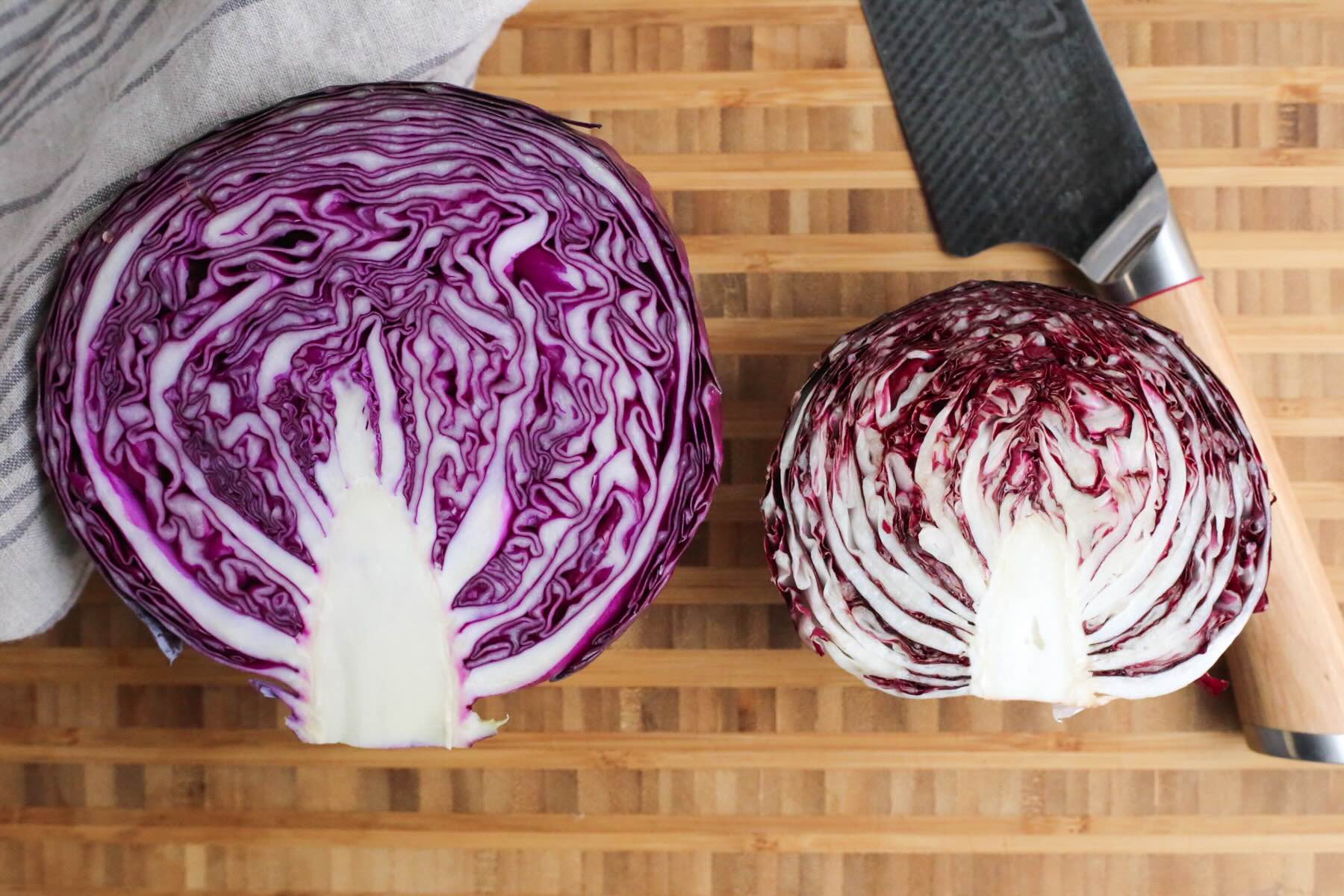

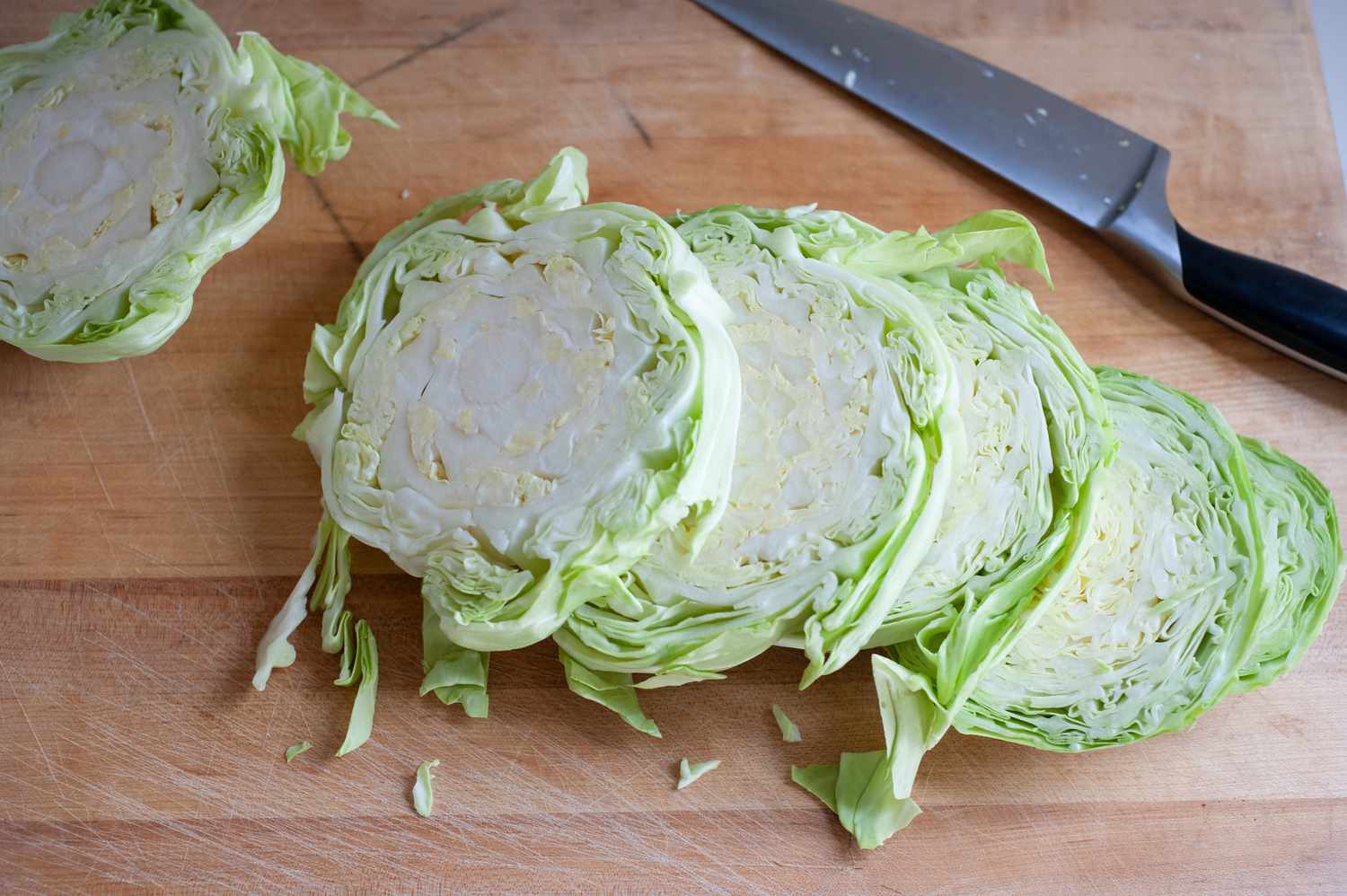
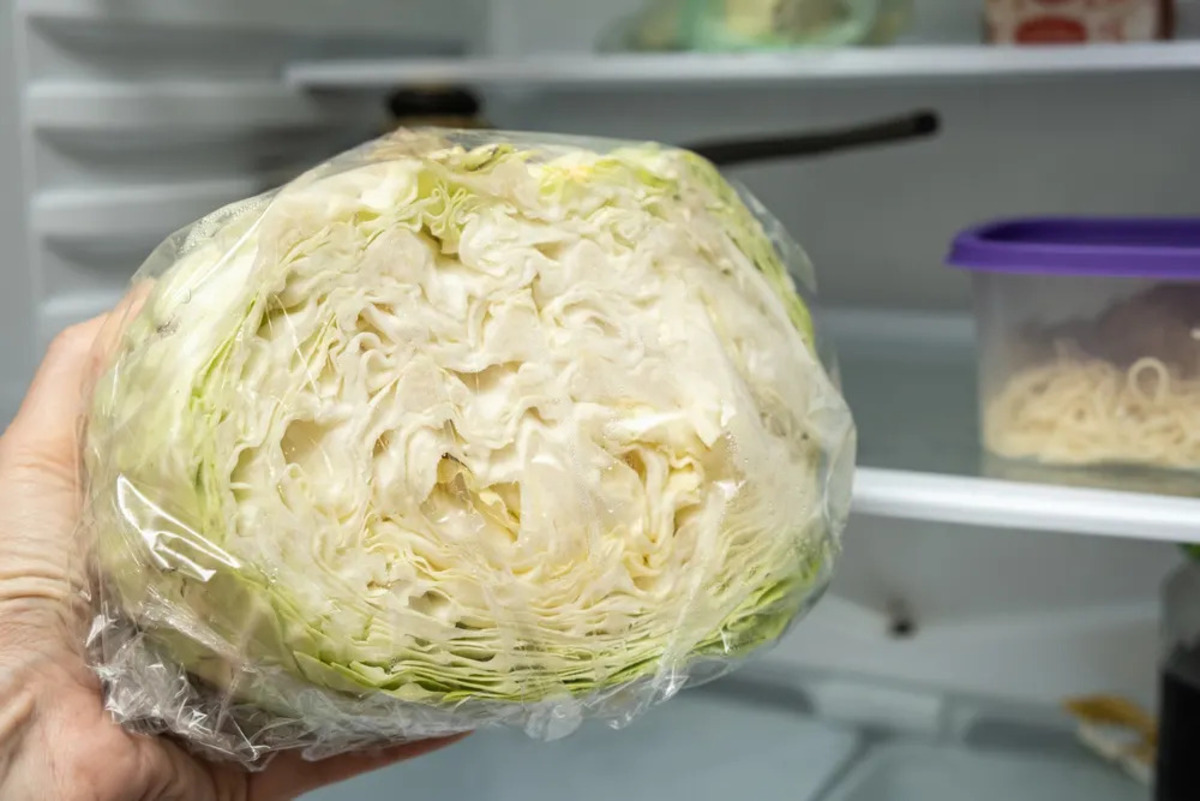
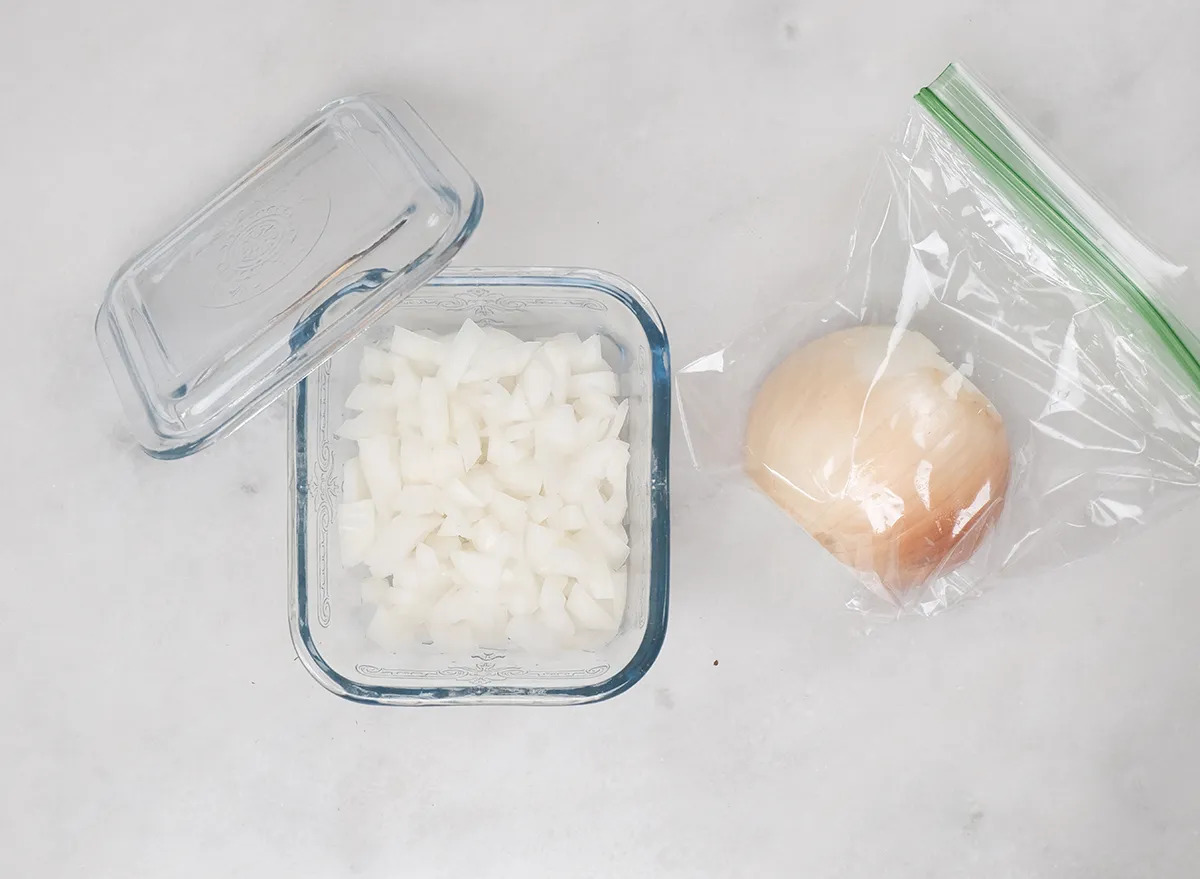
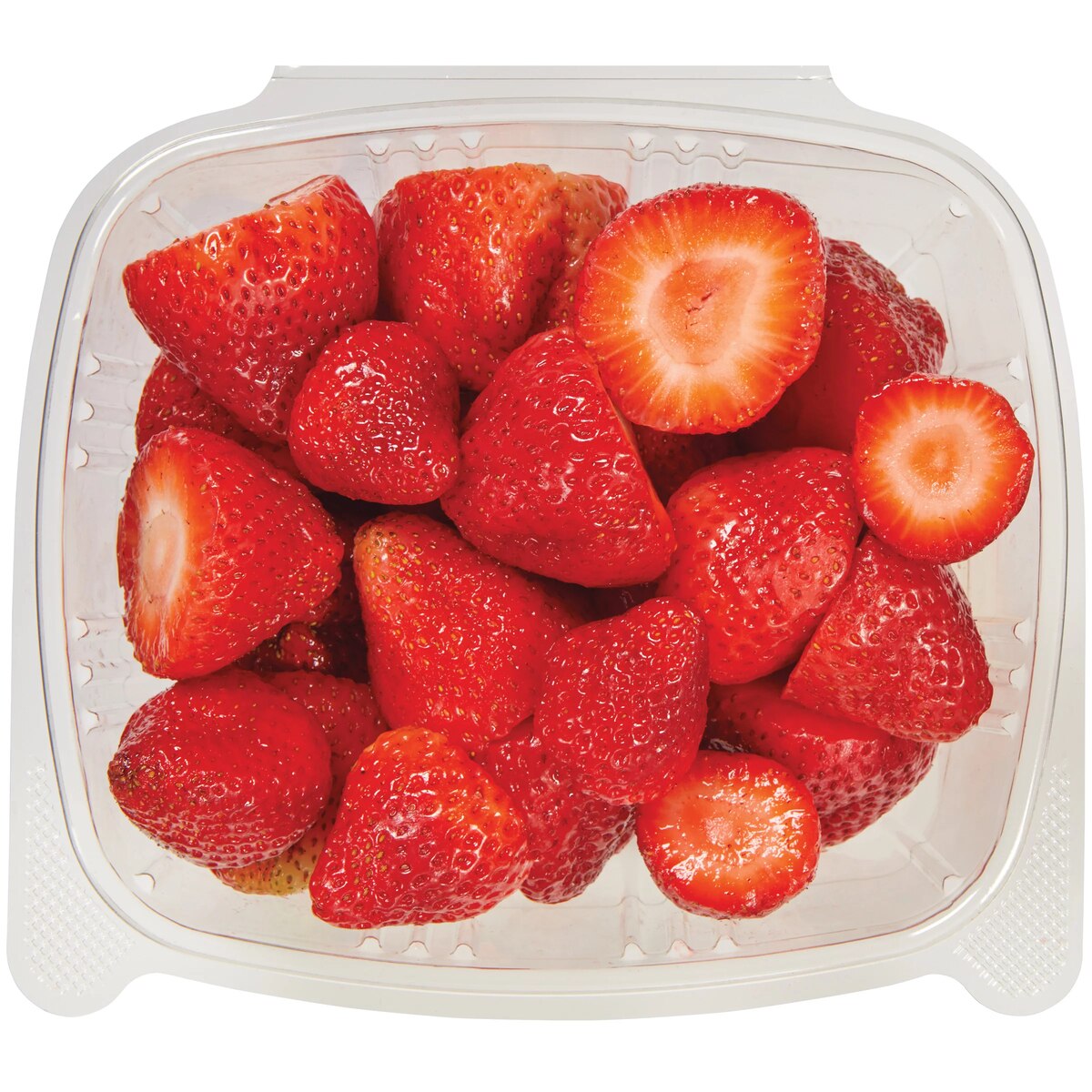
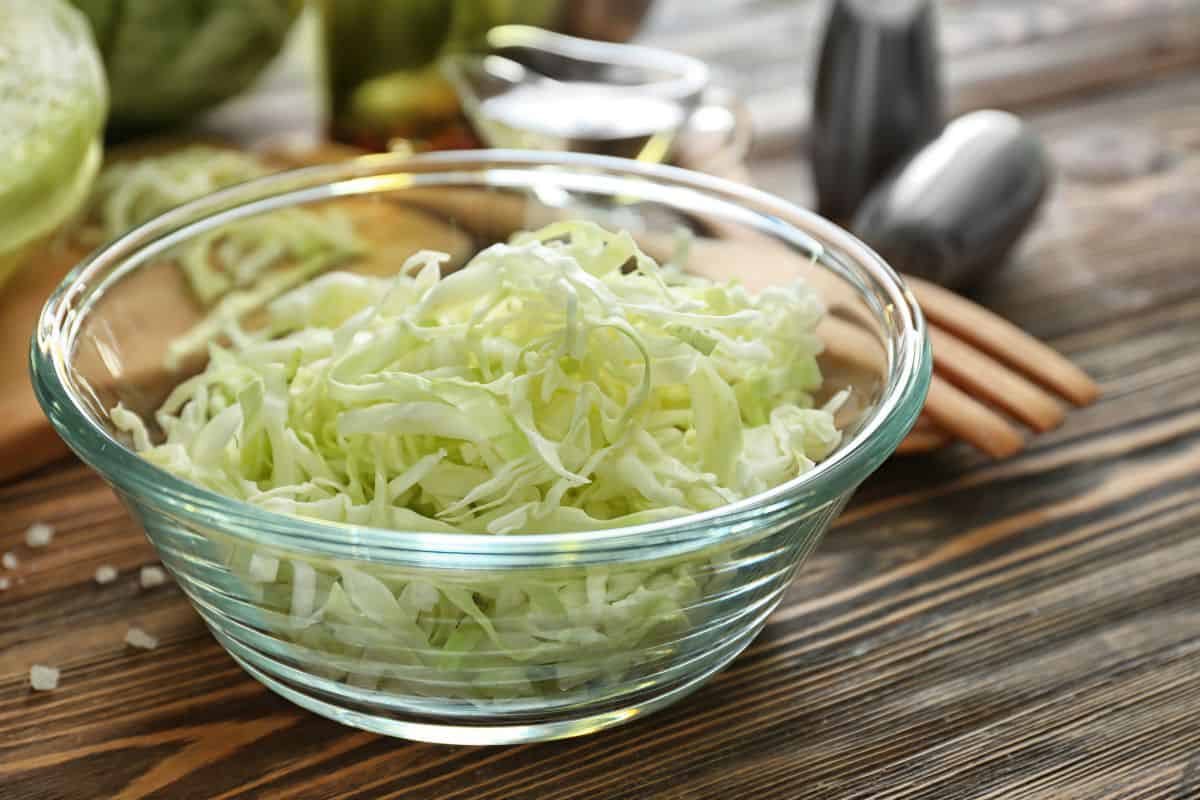

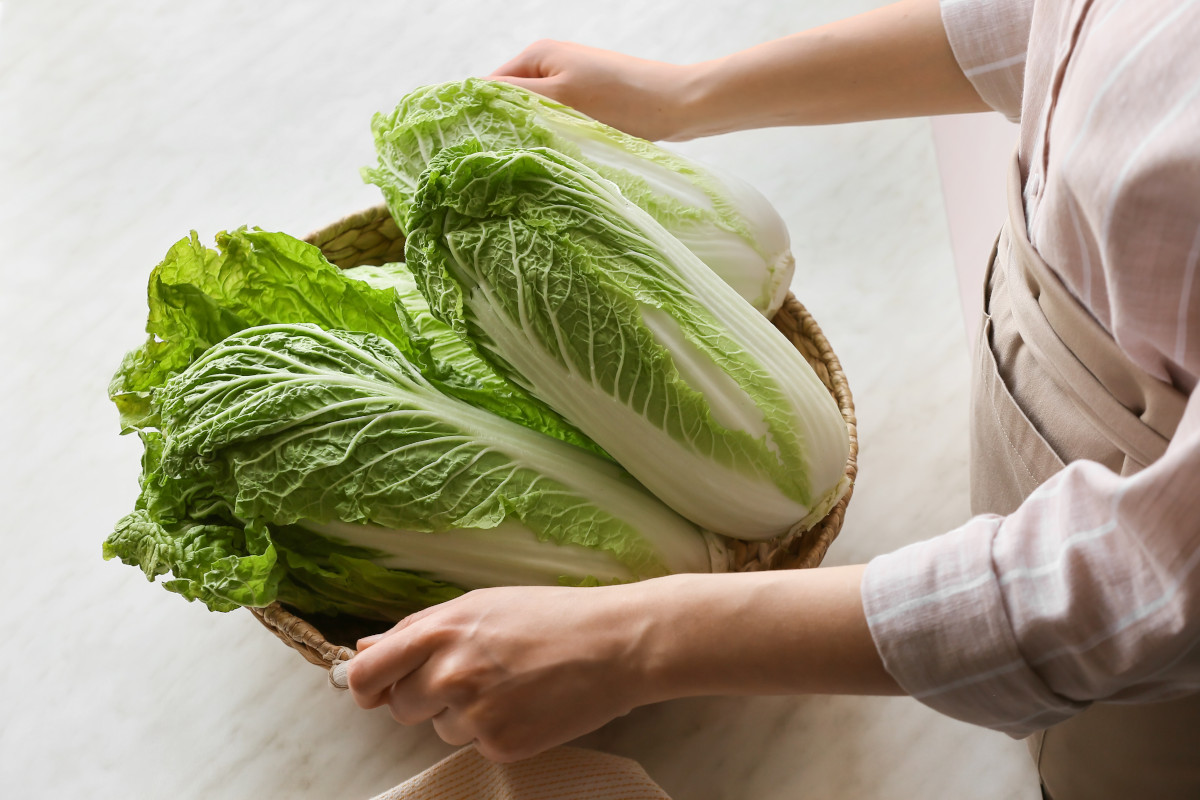
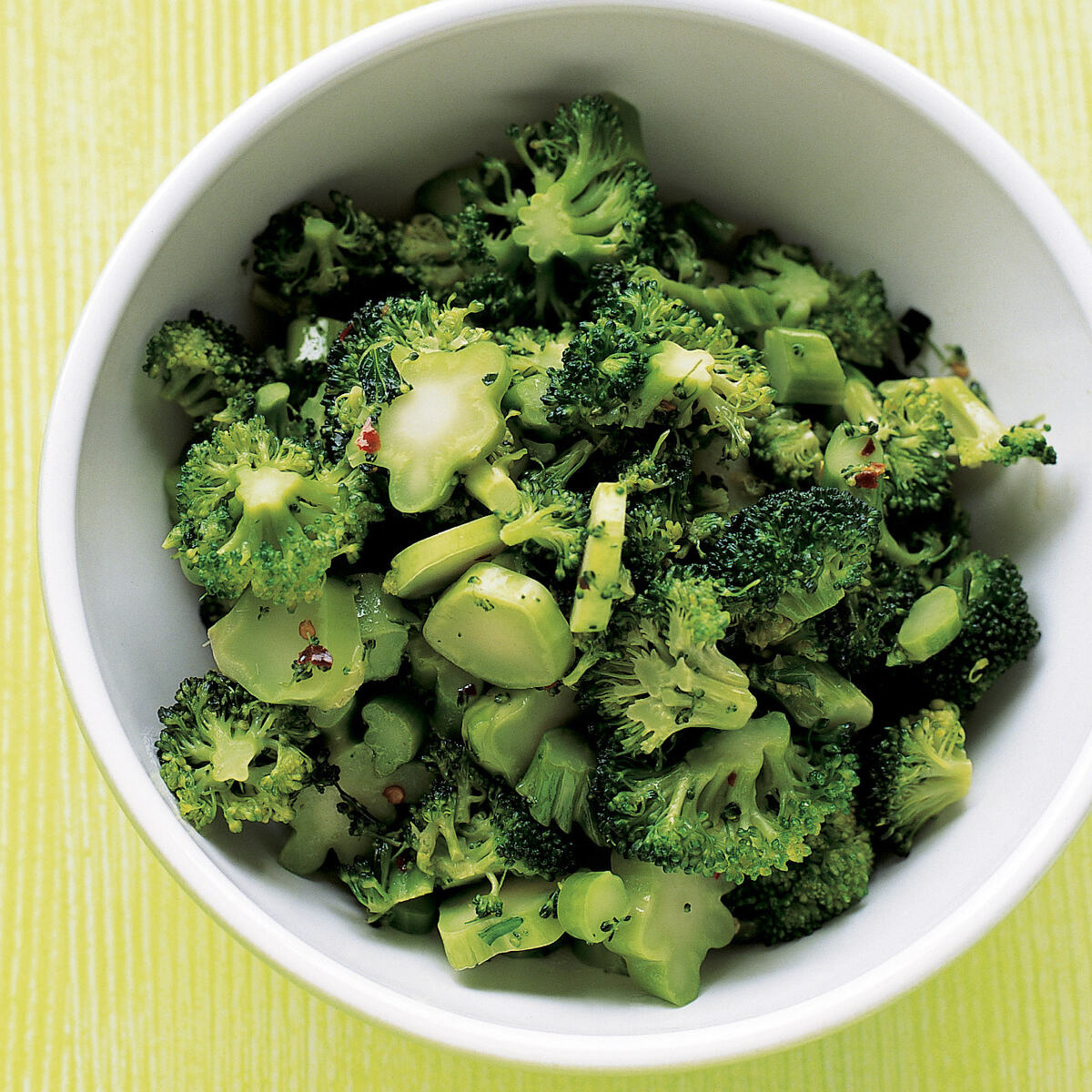
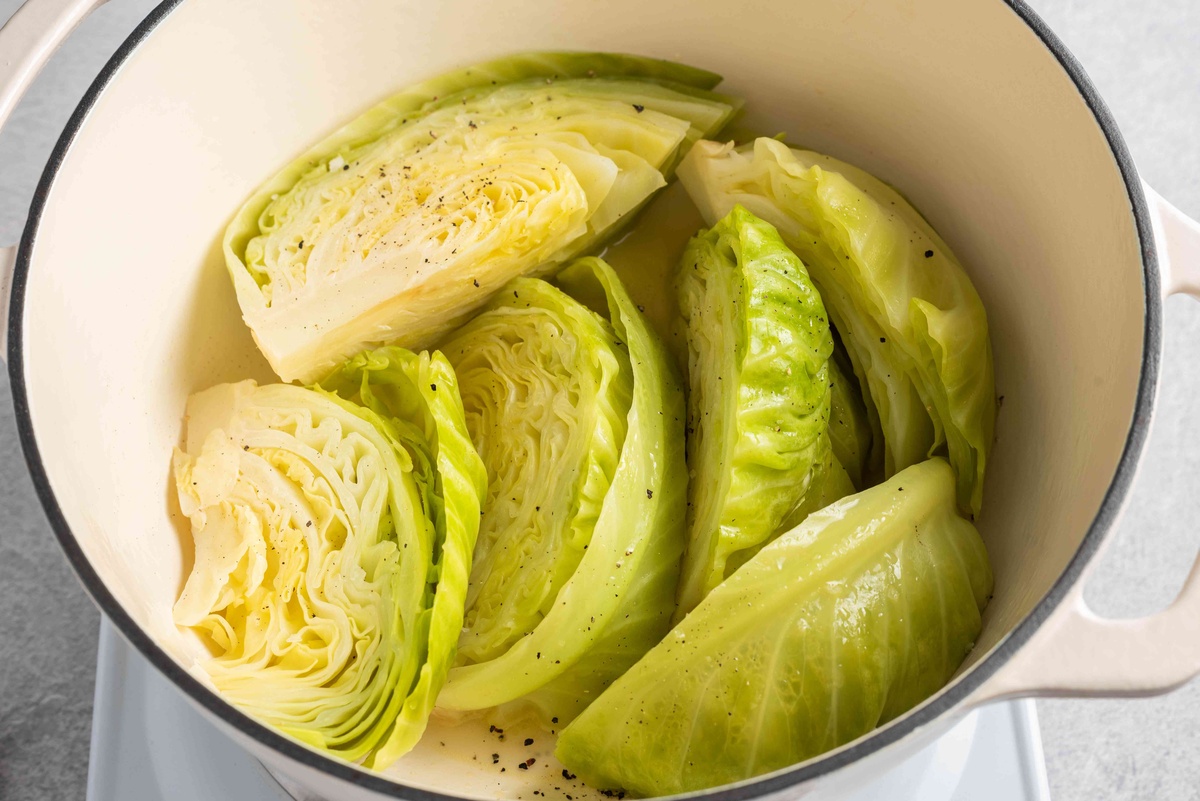
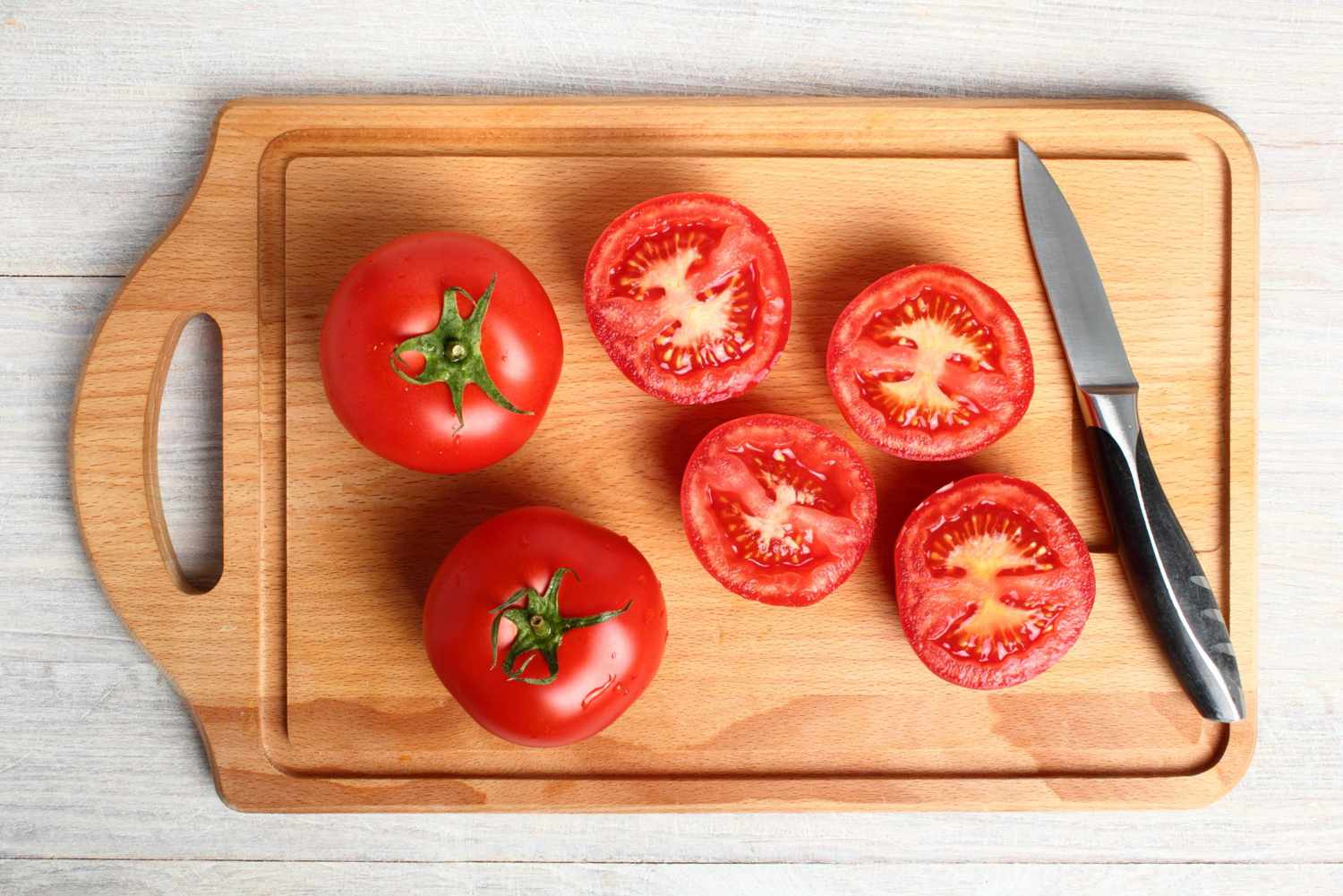
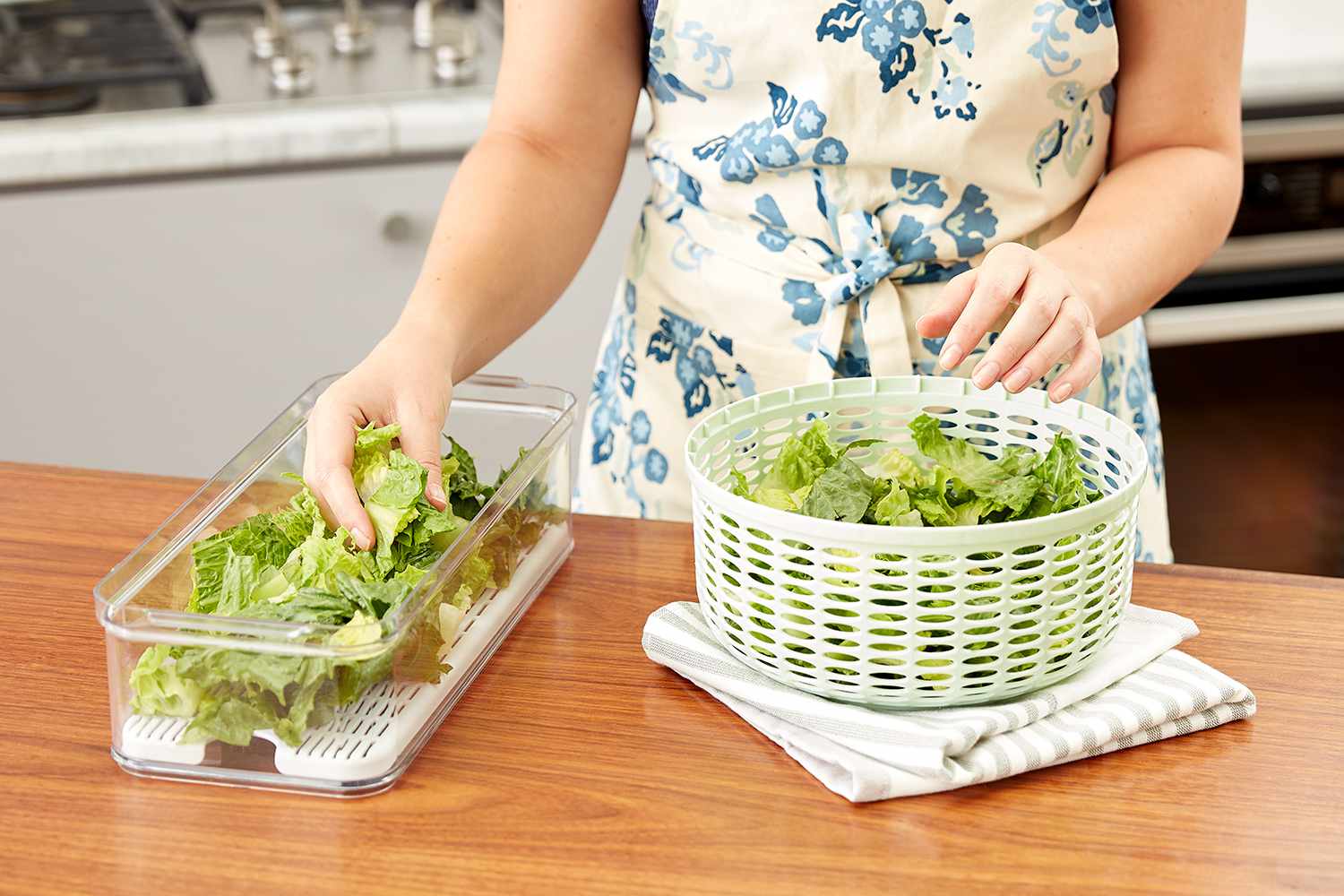
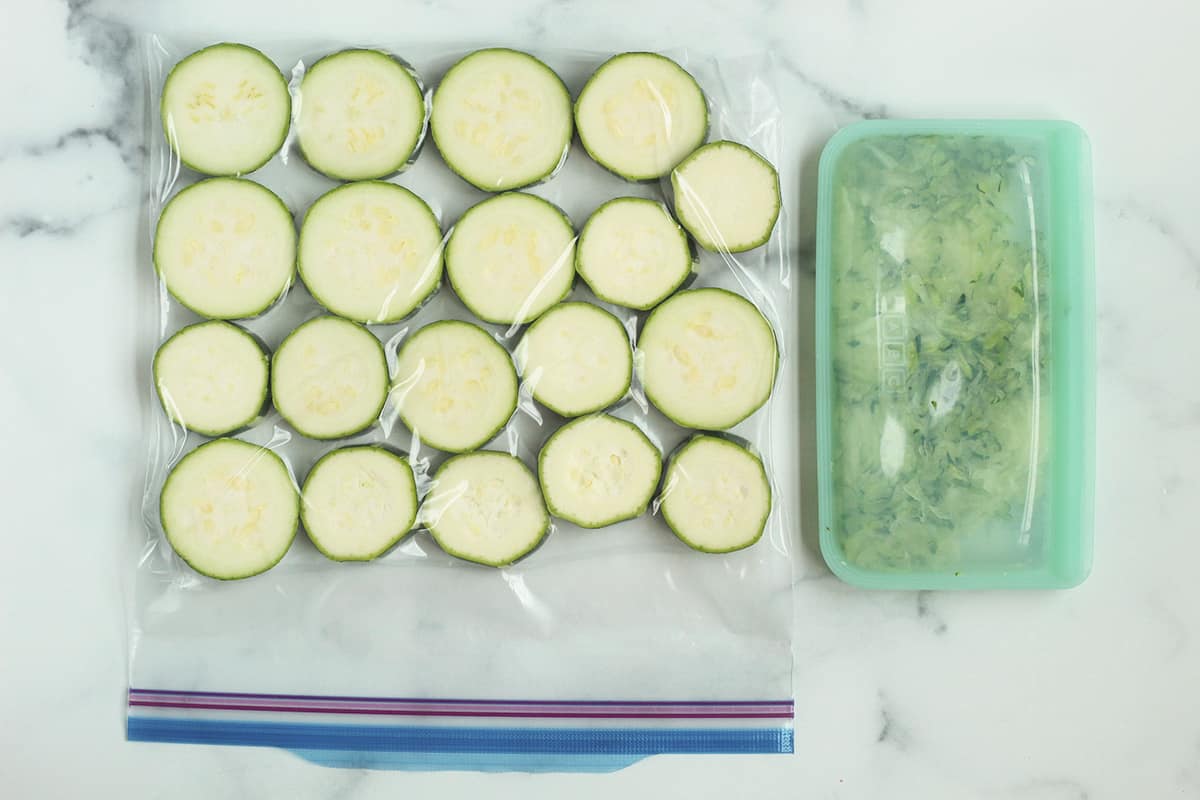

0 thoughts on “How To Store Chopped Cabbage”